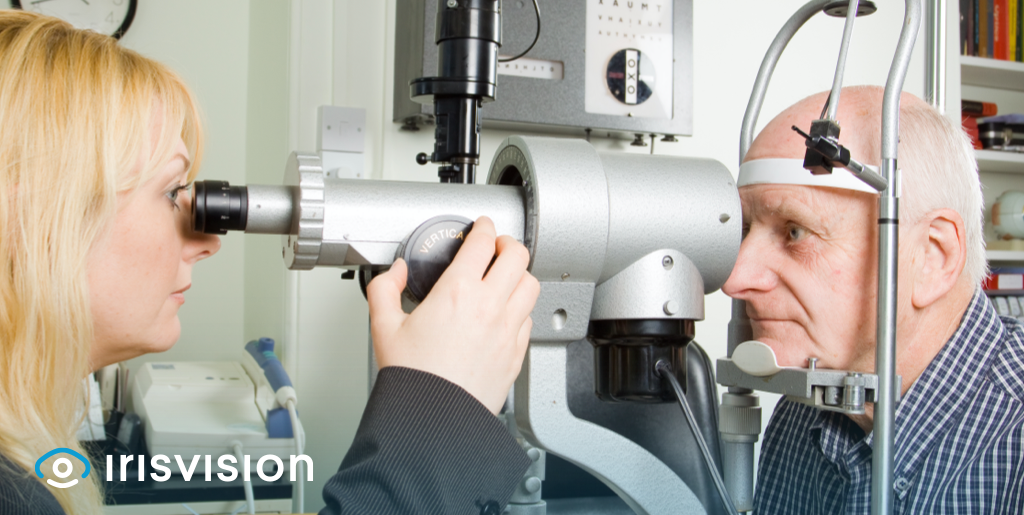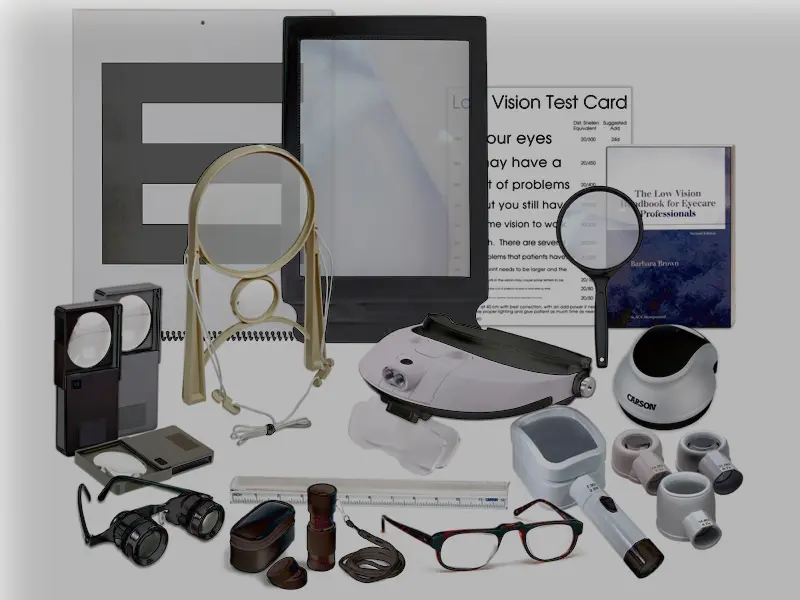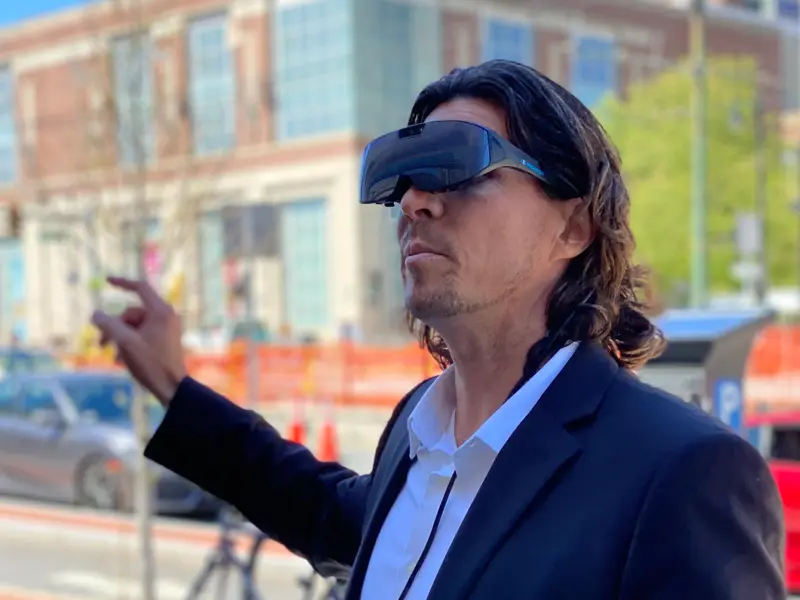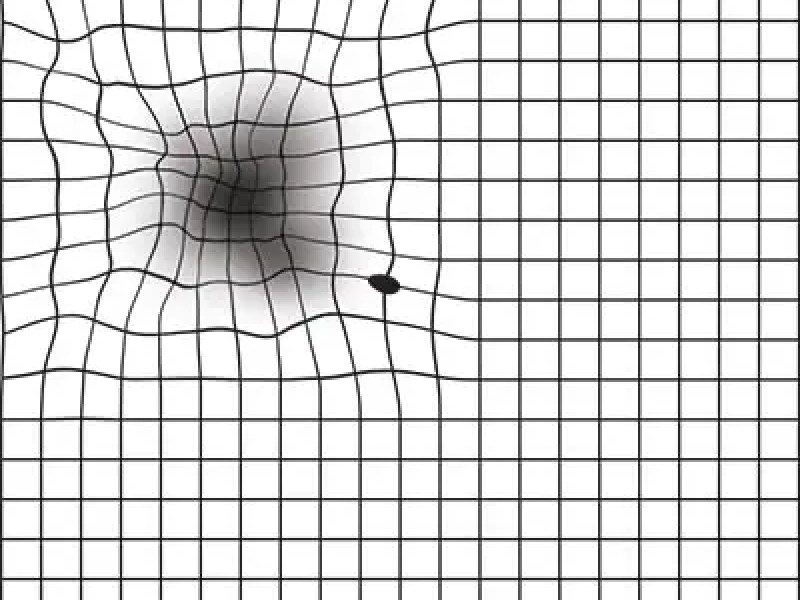
#LIVE2.0 #Review
For many people, being diagnosed with Age-related Macular Degeneration (AMD) is an unavoidable consequence of old age and genetic inheritance of the disease.
AMD is known to affect an estimated 11 million people in the US alone and over 170 million people worldwide.
While there is no permanent cure for age-related macular degeneration (AMD), receiving timely treatment after diagnosis can slow down its progression and help prevent complete vision loss.
At present, there are various treatment options available for different stages of AMD.
The onset of macular degeneration typically begins at 55 years of age or later. It has 2 main types; Dry and Wet AMD, which involve different stages of progression. The early and intermediate stages characterize mild difficulty in seeing, while last-stage AMD often causes severe vision impairment.
The disease progresses slowly over 10 to 15 years, but in some rare cases, your vision may deteriorate in just a few weeks. Learn more about AMD and its symptoms here.
If you experience symptoms such as marked problems in night vision and seeing blurry images within the central field of view, we recommend consulting an ophthalmologist for a detailed eye exam, and accurate diagnosis.
Some of the most effective treatments for AMD are discussed briefly.
Treatment options for AMD vary according to the stage of disease at the time of diagnosis. Although none of the procedures can reverse the vision damage that has already been done, treatment can still be effective in managing the condition and preventing the further progression of the disease.
It may surprise you, but a lot of your lifestyle habits can be potential risk factors that increase the likelihood of getting AMD and also aid in its speedy progression. These include:

While factors such as genetic inheritance and your tendency for cardiovascular disease cannot be controlled, modifying other risk factors can certainly help improve your eye health and overall physical well-being.
Consider a balanced diet with plenty of green leafy vegetables, avoiding fatty foods and processed foods, exercising regularly, and trying to quit smoking.
Changing your routine to include healthier components is a surefire way to strengthen your body against diseases and ensure that it has the energy required for growth and repair.
A clinical trial (AREDS) conducted by the National Eye Institute showed that high levels of vitamin and mineral intake can reduce the chances of causing vision impairment by 25% for moderate and advanced-stage AMD.
These supplements include vitamin A, vitamin C, beta-carotene, dietary zinc, and copper. The supplements each have to be taken in specific doses.
In addition to oral supplements, your doctor may also recommend you to follow a diet rich in antioxidants.
In Wet AMD, abnormal blood vessels begin forming behind the retina, which sometimes ruptures and leaks fluid into the eye. Because of this, the intraocular pressure, or simply eye pressure, increases and leads to visual impairment.
To relieve eye pressure and inhibit the growth of abnormal blood vessels, anti-angiogenic drugs (also called anti-VEGF drugs) are injected directly into the eye. There are three main types of anti-VEGF drugs in use:
Ranibizumab (Lucentis)
Aflibercept (Eylea)
Brolucizumab (Beovu)
These eye injections are administered every month and are shown to halt vision loss in 9 out of 10 people.
This form of treatment usually has some side effects, such as irritation, redness, and bleeding in the eye.
This method of treatment is used for Wet AMD.
Your doctor may opt for it if he/she decides that your condition is not treatable with eye injections alone.
Photodynamic therapy is done to destroy the abnormal blood vessels beneath the eye. At the start of the process, your doctor will inject a light-sensitive drug into your bloodstream and wait while it travels to the abnormal vessels. Light of a specific wavelength is then directed onto the back of the eye, which activates the drug and, as a result, destroys the blood vessels.
Photodynamic therapy is typically repeated every few months, or more frequently depending on your condition. It also has a few side effects: you may experience light sensitivity and vision problems for a few days or weeks after the treatment.
Laser therapy has the same goal as photodynamic therapy, but it uses a high-energy laser beam to damage the abnormal blood vessels in the eye that develop in wet AMD.
If you are familiar with the difficulties of living with vision impairment, chances are that you may have at some point considered using low vision devices for better vision.
Low vision aids are electronic, optical and non-optical devices that are designed to improve vision for people with visual impairment, thus empowering them for social adaptation and enhancing their quality of life.

Traditional optical devices include magnification eyeglasses, hand-held telescopes, high-plus spectacles, etc.
Although these devices are useful and help overcome visual defects such as poor visual acuity, inability to see faraway objects, restricted visual field, night blindness, etc., they are a thing of the past.
State-of-the-art low vision aids include high-tech electronic devices, such as video magnifier systems and electronic low vision glasses. These surpass optical devices in both features and quality of vision.
They are customizable to your specific needs and also cater to multiple visual problems simultaneously.
Some of the most useful electronic low vision aids include the Ruby XL Handheld Electronic Video Magnifier, Eye-pal SOLO blindness keypad, and IrisVision electronic glasses, among others.
Explore how IrisVision is redefining the boundaries of vision through the eyes of Macular Degeneration patients. These testimonials are not just stories; they’re proof of a brighter future. If you or a loved one is navigating life with Macular Degeneration, find out how IrisVision can help you.
IrisVision electronic glasses for age-related macular degeneration, which is an FDA Class-1 medical device, is one of the low vision devices that is recognized for bringing drastic visual improvement for people with AMD.
IrisVision Live AMD glasses are powered by a Samsung smartphone and VR technology, and are developed to revolutionize sight for the visually impaired community.
Built upon the success of IrisVision Live, a new and upgraded IrisVision Inspire has also been developed. It is extremely user-friendly, much lighter and sleeker in desig

IrisVision Inspire contains a number of additive features. Some of these features that are particularly helpful for people with AMD are listed below:
A study by The Lancet has shown that AMD accounts for 8·7% of global blindness and is the most common cause of legal blindness in people over 60 years of age.
The good news is that IrisVision not only works for people with early and intermediate stages of age-related macular degeneration but also revives vision for the legally blind.
The company has launched an upgraded version of the original device, IrisVision Inspire, which contains additive features, is sleek, and is more portable in design.
While contemplating which treatment you should opt for, you may find yourself anxious upon walking into your ophthalmologist’s office.
If you’re anticipating what happens during an eye exam for AMD, don’t worry, we’ve got you covered.
The diagnosis of AMD typically requires your doctor to go through the process in 3 steps:
Taking medical history
Conduct an oral eye evaluation
Computerized eye imaging
The check-up is usually extensive and takes over a few hours.
While writing down your medical history, your doctor would want to know about any vision difficulties that you may have experienced, genetic/systemic diseases that run in your family, allergies to certain drugs, smoking habits, and ongoing medication, if any.
A technician usually conducts the eye exam, starting with a paper-based visual field test, also known as the Amsler Grid. This square grid is a basic test that measures visual acuity and central vision damage. It is easy and can also be performed at home. You can refer to this guide to learn more about using the Amsler Grid.

Your doctor may also use a tonometer to check your eye pressure. For this, eye drops are first put in your eyes, and the blue light from the tonometer is directed at the eye to measure ocular pressure.
Next up is usually a dilated eye exam in which eye drops are given, and once the pupil dilates, your doctor assesses the eye for optic nerve damage and other signs of the disease with the help of an ophthalmoscope.
If your doctor suspects that the eye condition has advanced to late-stage AMD, you will likely also be advised to take the Optical Coherence Tomography (OCT) scan.
It is a painless, non-invasive technique that allows a detailed analysis of the retina, its different layers, and their changing thickness. The doctor also uses this test frequently to gauge how well the structures within the eye respond to various treatments.
As listed earlier in this blog, there are different AMD treatments available for you to consider. However, it is recommended that you consult an eye-care professional to discuss the particular treatment options that are most effective for your eye condition.
To cover for the vision loss that you may already have suffered from, electronic low vision devices are by far the best visual solution that neither requires invasive techniques nor has any side effects. But they can help enrich your life experience by letting you see again!
Support
See and Connect Today!
IrisVision Global, Inc.
5994 W. Las Positas Blvd, Suite 101
Pleasanton, CA 94588
Email: [email protected]
Support: +1 855 207 6665
Support
See and Connect Today!
IrisVision Global, Inc.
5994 W. Las Positas Blvd, Suite 101
Pleasanton, CA 94588
USA Email: [email protected]
Support: +1 855 207 6665
Support
See and Connect Today!
IrisVision Global, Inc.
5994 W. Las Positas Blvd, Suite 101
Pleasanton, CA 94588
Email: [email protected]
Support: +1 855 207 6665